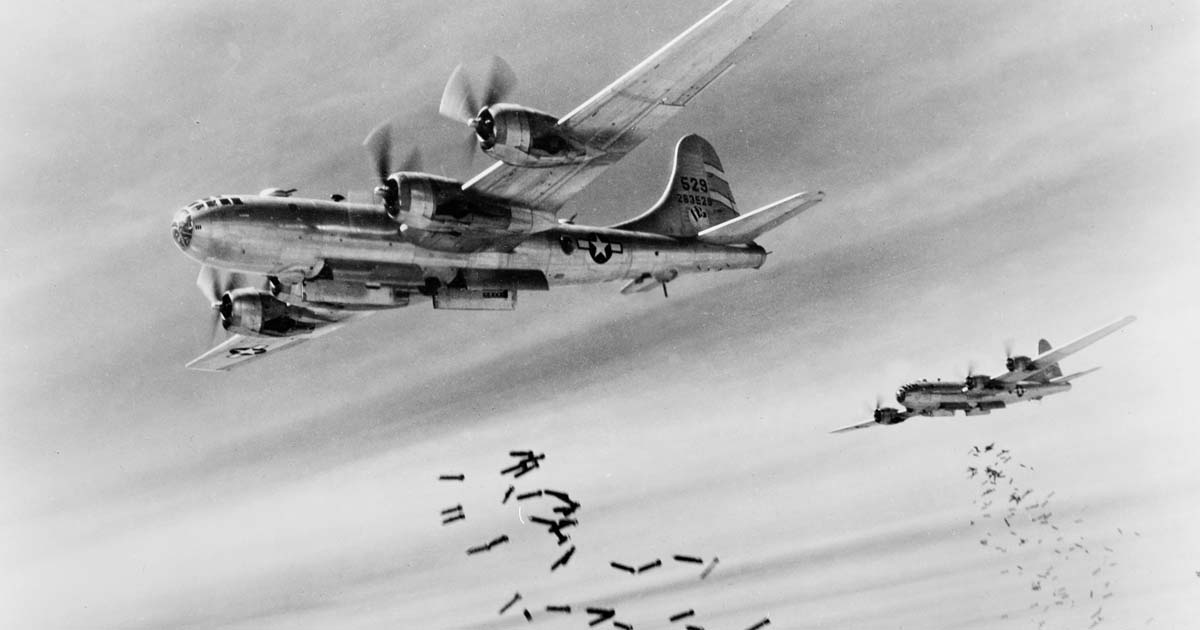FLYBOYJ
"THE GREAT GAZOO"
I think you would find that by the time B-29 operations began many of the initial crews were combat veterans and probably did not require that training especially with the B-29s fire control systemThe B-29 program was important enough that it should have merited use of Bell RP-63 targets.
Not on this forum and it by far it wasn't!The P-63 was the follow-up to the P-39 which I've read somewhere on a forum was the best fighter of WWII.


